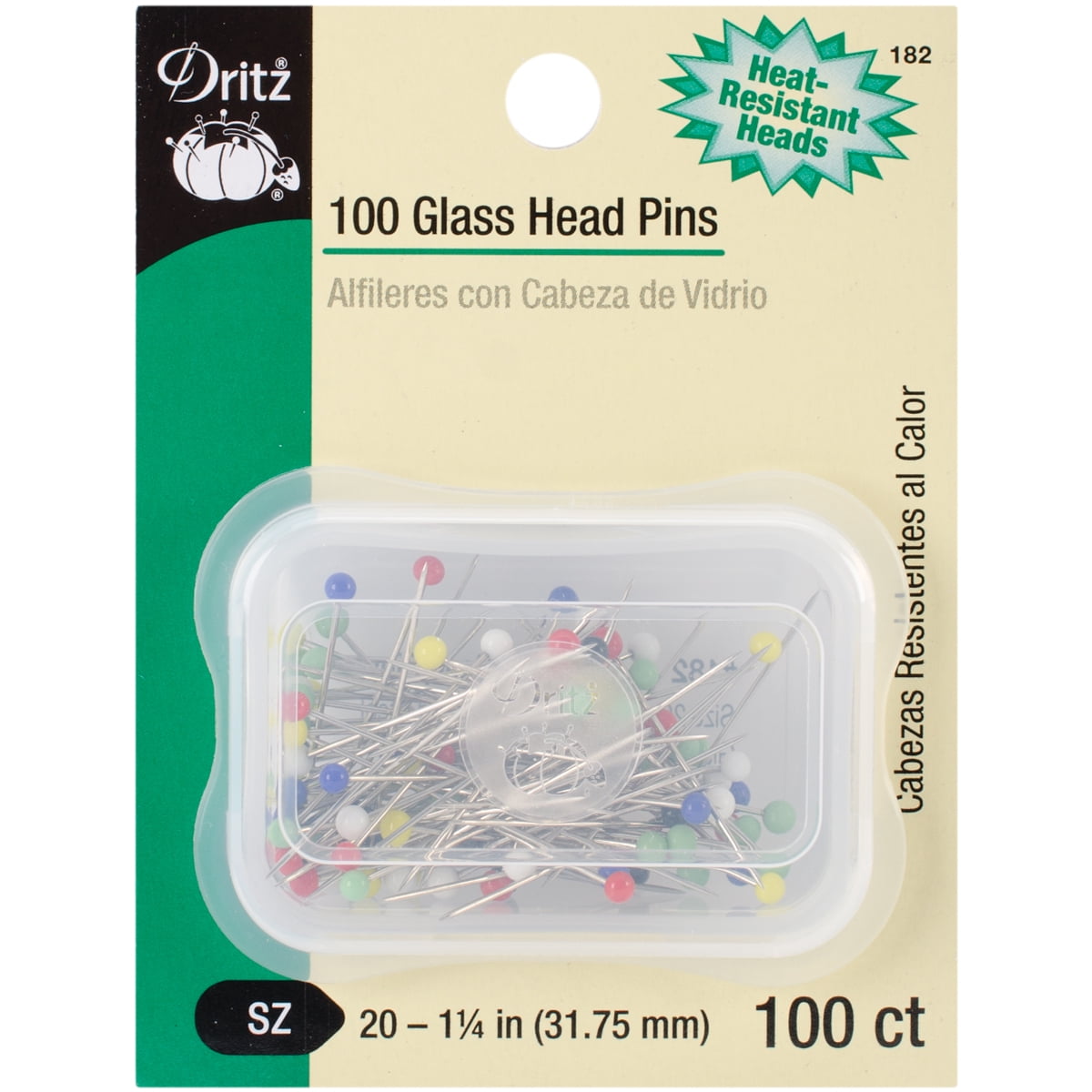
As such, use the skinniest pin that will hold the layers of your project effectively. The wider the pin, the bigger the hole it leaves when removed. Of course, there are super fine and super thick pins as well.

Long pins (1 1/2″ or greater) work best with multi-layer projects like quilts or thick fabrics.Ĭommon pin diameters (aka widths or thicknesses) range from 0.5 mm to 0.8 mm, with 0.6 mm being the standard pin diameter of a common dressmaker’s pin.

Glass head pins for quilting how to#
I’ll show you how to make the determination for each pin characteristic and then discuss common pin types. Is the fabric woven or knitted? Is it lightweight or heavyweight? How many layers? Will flat metal pin heads get lost in it? Knowing the fabric characteristics, you can then go through each pin parameter and pick the best pin. The biggest determinant for pin selection is your fabric. Since pins for fabric have different lengths, thicknesses, tips, heads, and even shaft materials, where do you start with selecting the best sewing pin? General Process for Choosing the Best Sewing Pin The top is the head, which can also vary in size, shape, or material. The middle is the shaft, which can vary in length, thickness, or material.

The end is the point, which can be super sharp or fairly rounded depending on the pin type. The anatomy of a sewing pin is quite simple, thankfully!


 0 kommentar(er)
0 kommentar(er)
